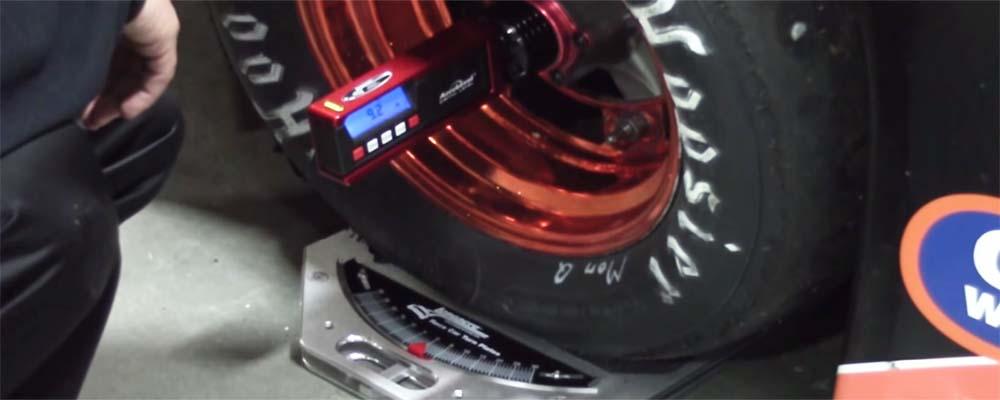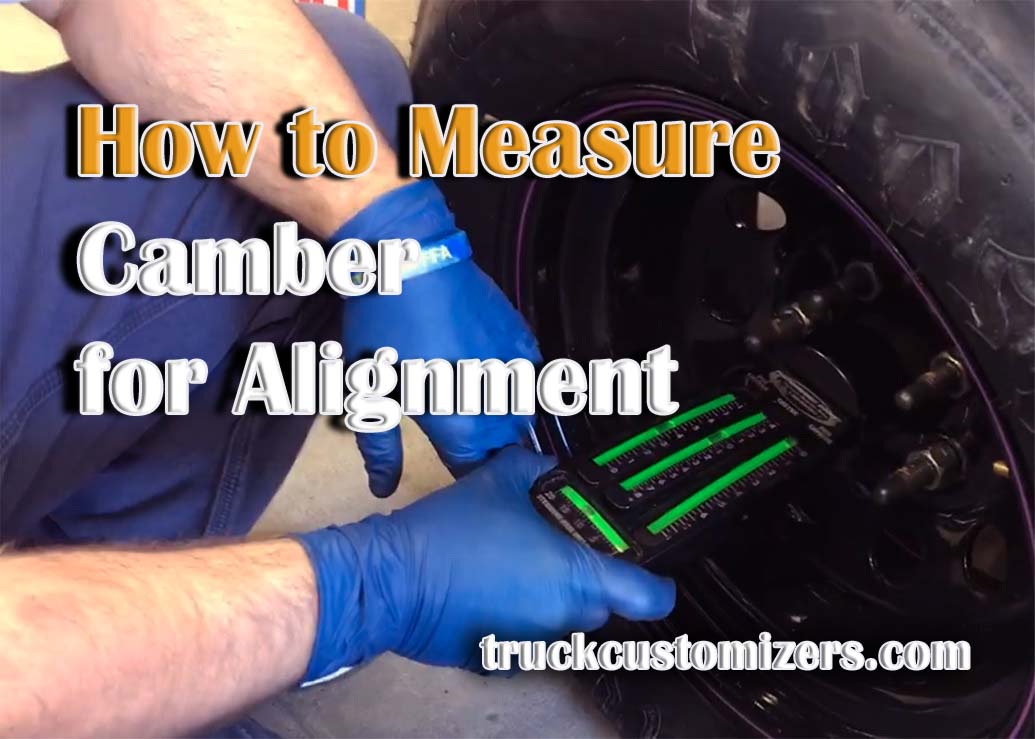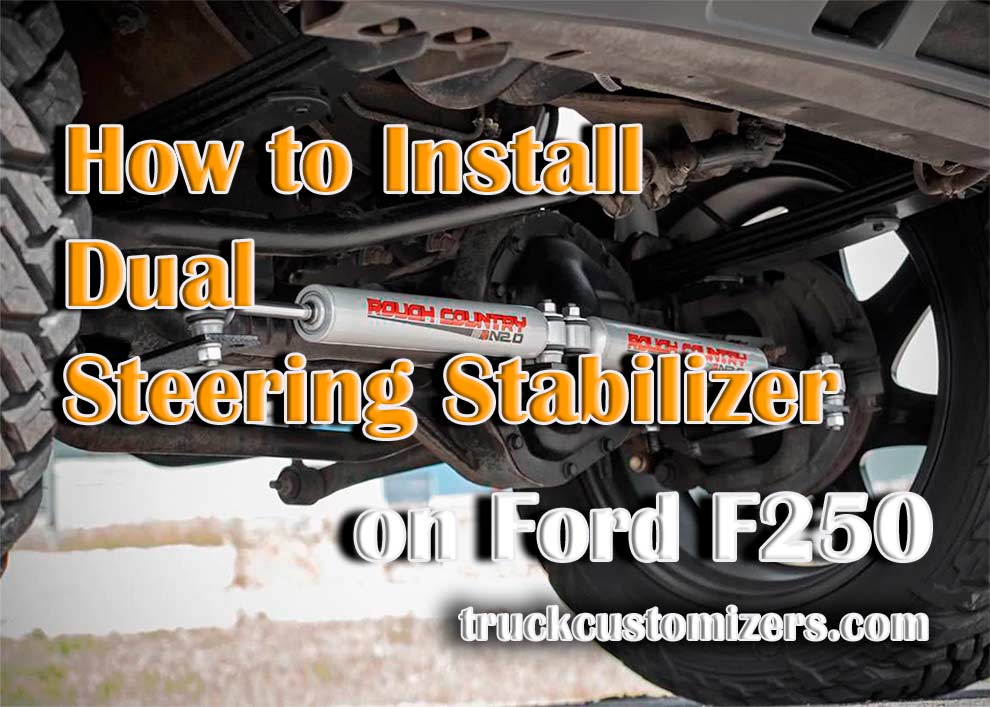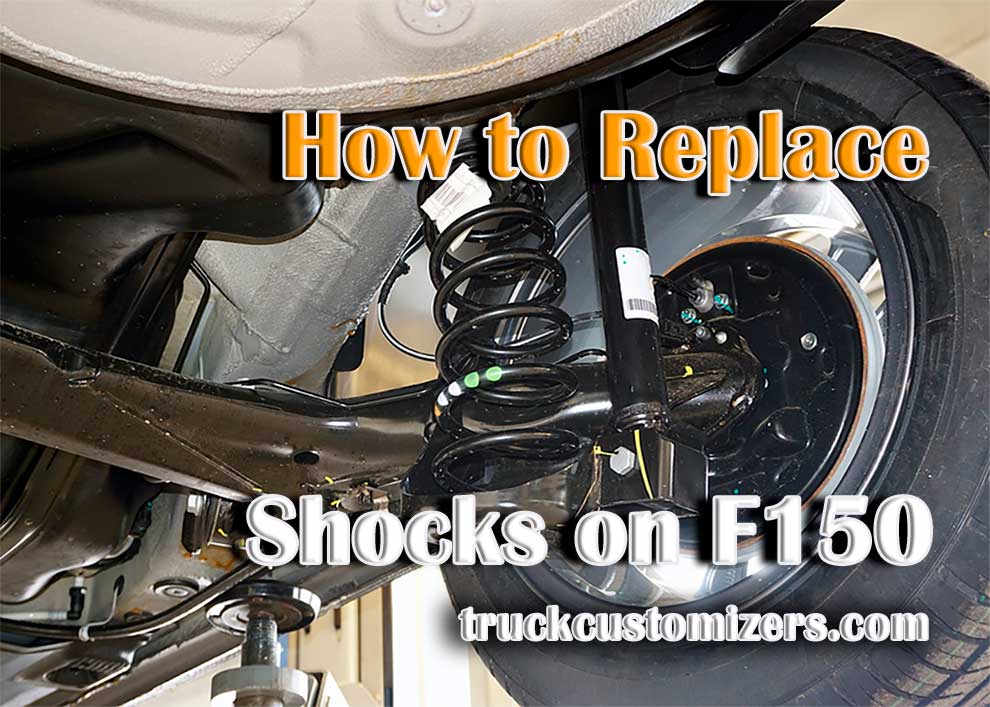In the vast spectrum of vehicle dynamics and handling, wheel alignment stands as a foundational element that directly impacts the overall driving experience. One of the crucial components of this alignment is camber. Understanding how to measure camber is integral for any vehicle owner or mechanic. The angle of camber affects how the tire makes contact with the road surface. A properly aligned camber ensures even tire wear, leading to prolonged tire life. Moreover, it significantly influences the vehicle’s ability to handle turns, giving the driver better control and stability. This stability plays a pivotal role, especially when maneuvering through challenging terrains or taking sharp turns at higher speeds. In essence, maintaining the right camber angle can be viewed as a proactive step in ensuring road safety and prolonging the lifespan of vehicle tires.
Understanding Camber Angles: Positive vs. Negative
Camber, in simple terms, is the tilt of the car tire when viewed from the front. This tilt can either be inward or outward. When the tire tilts outward at the top, it indicates positive camber. Conversely, if the tire tilts inward at the top, it’s a sign of negative camber. Both positive and negative camber angles have their utilities. While positive camber aids in stability, negative camber improves handling during sharp turns. Knowing how to measure camber correctly helps drivers ensure that their vehicle’s camber angle is within the recommended specifications for optimal performance.
Tools Required for Measuring Camber
Before diving into the process of how to measure camber, it’s essential to equip oneself with the right tools. The process becomes more straightforward and accurate with the right set of instruments. Here’s what you’ll need:
- A camber gauge or digital camber tool
- A level surface, preferably a garage floor
- Wheel chocks
- A jacking tool

Step-by-Step Instructions on How to Measure Camber
-
Prepare the Surface: Begin by ensuring that your vehicle is on a level surface. This is crucial for accurate measurements.
-
Stabilize the Vehicle: Place wheel chocks around the tires to prevent any accidental movement.
-
Position the Gauge: Attach the camber gauge or digital camber tool to the wheel hub or spindle. Ensure it’s secure and steady.
-
Record the Reading: Once the gauge is set, note down the camber angle. It’s essential to be as precise as possible.
-
Repeat for Other Wheels: Follow the same steps for all the wheels to get a comprehensive understanding of your vehicle’s camber alignment.
Addressing Camber Misalignment
Once you’ve understood how to measure camber, it’s essential to address any discrepancies. A slight misalignment in camber can lead to uneven tire wear, affecting the longevity of the tire and potentially increasing maintenance costs. Additionally, if the vehicle’s camber is not within the recommended specifications, it can negatively impact the driving experience, making the vehicle feel unstable or less responsive, especially during turns. For safety and performance reasons, if the measurements suggest misalignment, it’s advisable to consult a professional mechanic. They can provide insights and recommendations for adjustments to ensure your vehicle’s camber is correctly aligned.
Enhancing Vehicle Performance: Beyond Camber
While understanding and maintaining the right camber alignment is critical, there are other modifications that can elevate your vehicle’s performance. Leveling kits, for instance, offer benefits for truck owners seeking a balanced and enhanced ride. The Best Leveling Kits for Silverado are notable for their ability to improve the vehicle’s stance, provide additional ground clearance, and facilitate larger tire installations. If you’re interested in exploring other ways to boost your vehicle’s performance, our article on leveling kits can offer comprehensive insights. Ensuring each component of your vehicle is in top condition leads to a harmonious balance of aesthetics and functionality.


